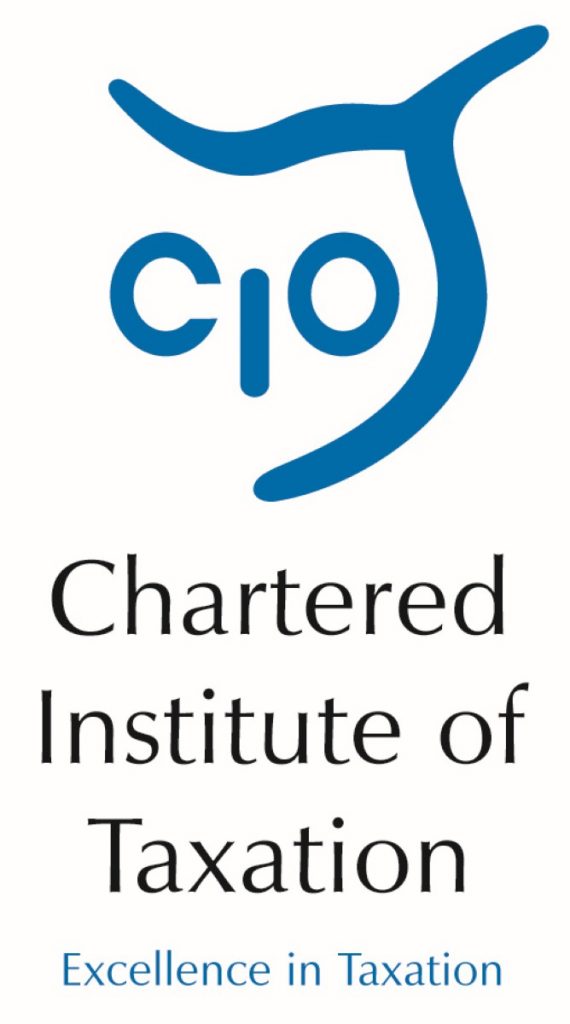With distinctions between employment and self-employment becoming more and more blurred it is time for an open discussion on either removing tax differentials relating to employment status or, if they are to be retained, introducing a statutory employment status test for tax purposes, say tax professionals.
The Chancellor announced today that the main rate of Class 4 NICs will increase from 9% to 10% in April 2018, and to 11% in April 2019. This followed his statement that Matthew Taylor, Chief Executive of the RSA, who is reviewing the wider implications of different employment practices, had told him that “differences in tax treatment are a key driver behind the trends we are observing.”
John Cullinane, CIOT Tax Policy Director, said:
“The Government’s decision to reduce the gap between national insurance paid by self-employed and by employed people is understandable. But if the Government truly intend to level the playing field the big factor is employer’s national insurance contributions. That is the ‘elephant in the room’ which went unmentioned by the Chancellor today. And at 13.8% this is a material cost for employers at a time when there is widespread concern about the impact on jobs of automation, offshoring and general economic uncertainty. Employer’s national insurance risks reducing the incentive for businesses to take on employees and reducing pay for those who are in employment.
“We need a wide, open and public debate on the tax treatment of different kinds of employment. Matthew Taylor is conducting a review on the non-tax aspects but what about tax? Should there still be significant tax differentiation between employment and self-employment these days, and if so, how should this apply in the gig economy when it is becoming much more difficult to tell the difference between the two?
“If significant differentiation is to remain then this should be redesigned on a clearer basis, perhaps on the model of the statutory residence test.
“These questions, and where we go with employer’s national insurance, are ones we would urge the Government to consider carefully. Any changes will take time to implement but we hope that the Government will return to this issue when the Taylor report is published later this year.”
Notes for editors
1. The Chartered Institute of Taxation (CIOT)
The CIOT is the leading professional body in the United Kingdom concerned solely with taxation. The CIOT is an educational charity, promoting education and study of the administration and practice of taxation. One of our key aims is to work for a better, more efficient, tax system for all affected by it – taxpayers, their advisers and the authorities. The CIOT’s work covers all aspects of taxation, including direct and indirect taxes and duties. Through our Low Incomes Tax Reform Group (LITRG), the CIOT has a particular focus on improving the tax system, including tax credits and benefits, for the unrepresented taxpayer.
The CIOT draws on our members’ experience in private practice, commerce and industry, government and academia to improve tax administration and propose and explain how tax policy objectives can most effectively be achieved. We also link to, and draw on, similar leading professional tax bodies in other countries. The CIOT’s comments and recommendations on tax issues are made in line with our charitable objectives: we are politically neutral in our work.
The CIOT’s 18,000 members have the practising title of ‘Chartered Tax Adviser’ and the designatory letters ‘CTA’, to represent the leading tax qualification.
Contact: George Crozier, Head of External Relations, 0207 340 0569 or gcrozier@tax.org.uk (Out of hours: 07740 477 374)





-01.png)